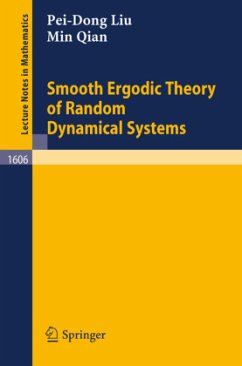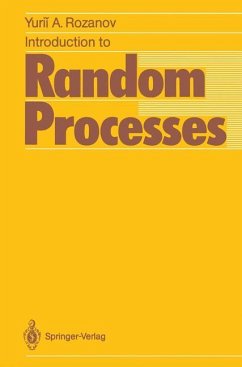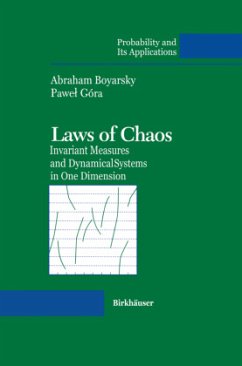
Chaos, Fractals, and Noise
Stochastic Aspects of Dynamics
Versandkostenfrei!
Versandfertig in 1-2 Wochen
82,99 €
inkl. MwSt.
Weitere Ausgaben:

PAYBACK Punkte
41 °P sammeln!
This book gives a unified treatment of a variety of mathematical systems generating densities, ranging from one-dimensional discrete time transformations through continuous time systems described by integro-partial-differential equations. Examples have been drawn from a variety of the sciences to illustrate the utility of the techniques presented. This material was organized and written to be accessible to scientists with knowledge of advanced calculus and differential equations. In various concepts from measure theory, ergodic theory, the geometry of manifolds, partial differential equations,...
This book gives a unified treatment of a variety of mathematical systems generating densities, ranging from one-dimensional discrete time transformations through continuous time systems described by integro-partial-differential equations. Examples have been drawn from a variety of the sciences to illustrate the utility of the techniques presented. This material was organized and written to be accessible to scientists with knowledge of advanced calculus and differential equations. In various concepts from measure theory, ergodic theory, the geometry of manifolds, partial differential equations, probability theory and Markov processes, and chastic integrals and differential equations are introduced. The past few years have witnessed an explosive growth in interest in physical, biological, and economic systems that could be profitably studied using densities. Due to the general inaccessibility of the mathematical literature to the non-mathematician, there has been little diffusion of the concepts and techniques from ergodic theory into the study of these "chaotic" systems. This book intends to bridge that gap.














